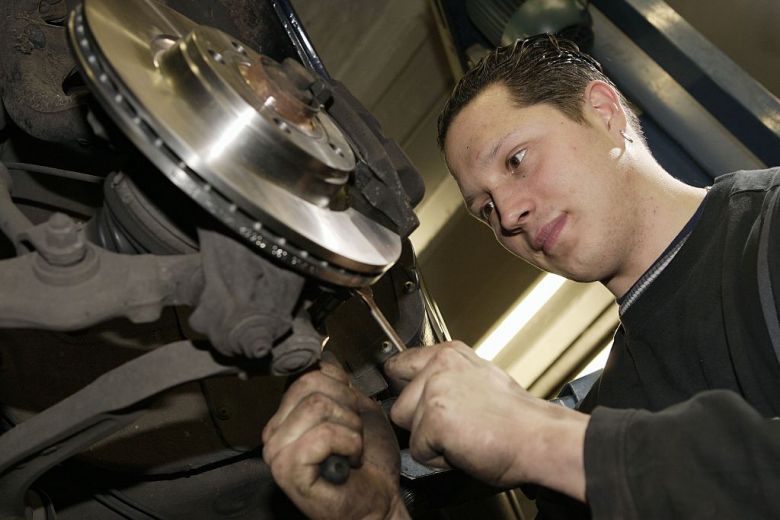This guide will explain the typical causes for brake seizure, how to recognise the symptoms and what action to take.
What causes the brakes to seize?
It’s the mechanical, moving parts that can suffer from seizing, such as the brake callipers, pistons in the calliper or wheel cylinder, linkages and handbrake systems. If the vehicle is not used for a few weeks or longer, moisture from the air can cause rust to build up on some of the moving parts – especially in winter and wet seasons.
How can I tell if my brakes are seized?
If a front brake calliper has seized or is partially seized, the vehicle will usually pull to one side when braking and the driver will notice reduced braking performance, meaning the car will take longer to stop than normal or that it feels less responsive when applying the brakes. The latter is not always easy to detect as the calliper may have gradually seized over a period of time. The brake pedal may also feel ‘spongy’ when the brakes are applied.
Similarly, if one or more of the front brake pads stick in the calliper, the vehicle will tend to pull to one side when braking and if the pad is stuck against the brake disc (rotor), the friction can cause a rapid rise in temperature, leading to further damage or worse.
If the mechanism in the rear brakes seizes, the braking efficiency will be seriously reduced and can cause instability of the vehicle during braking. Usually, it will also be difficult to reverse or release the handbrake, as the rear brake will be stuck on. This symptom is more common in winter temperatures as the mechanism can freeze up due to ingress of snow and ice.
Need your brakes repaired?
RAC Mobile Mechanics offer maximum convenience and can replace your brakes on your doorstep.


How to fix seized brakes
If your brakes do not feel right or the vehicle pulls to one side, or you experience any of the above symptoms when you apply them, you should not drive the vehicle and arrange for either a local garage to come and inspect the vehicle, or book a mobile mechanic to visit you.
How to protect your brakes from seizing
The best way to keep your brakes in the best condition possible is regular maintenance and inspection.
Another key tip for car owners is to clean off road salt, dirt, and debris after driving in harsh conditions to prevent rust – especially in wet and wintry conditions.

Complete peace of mind for less
• Cheaper than AA Price Promise or your money back^
• We get to most breakdowns in 60 mins or less
• Our patrols fix 4/5 breakdowns on the spot











